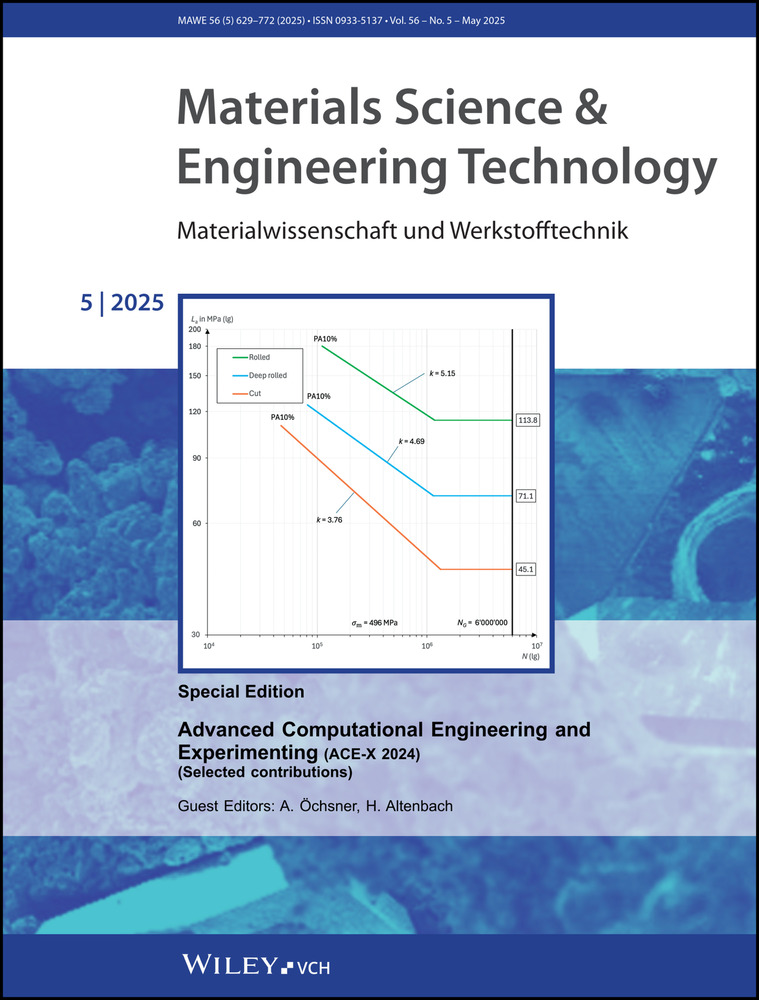The need for new infills in the application of 3D printing in the maritime sector
Bedarf an neuen Füllmaterialien bei der Anwendung des 3D-Drucks im maritimen Sektor
Abstract
enThis paper deals with ideas for the use of 3D printing in spare parts management in the maritime industry. Although such ideas exist in the literature, there are still many issues that are not adequately addressed and researched. These include areas such as the influence of vibrations and waves on pressure, salt, humidity, etc. A numeric example is presented. Such problems can lead to faulty parts. Also, the speed of 3D printing is not yet acceptable for on-board applications. The paper presents the methodology for researching this issue. We also point out that all the required properties of filaments must be met in the complex maritime environment and that there is a need for new filaments for these applications.
Translation abstract
deDieser Beitrag befasst sich mit Ideen für den Einsatz des 3D-Drucks (3DP) im Ersatzteilmanagement in der maritimen Industrie. Obwohl solche Ideen in der Literatur existieren, gibt es immer noch viele Probleme, die nicht ausreichend behandelt und erforscht werden. Dazu gehören Bereiche wie der Einfluss von Vibrationen und Wellen auf Druck, Salz, Feuchtigkeit usw. Ein Zahlenbeispiel wird vorgestellt. Solche Probleme können zu fehlerhaften Teilen führen. Auch ist die Geschwindigkeit von 3D-Druck für On-Board-Anwendungen noch nicht akzeptabel. Der Beitrag stellt die Methodik zur Erforschung dieses Problems vor. Wir weisen außerdem darauf hin, dass alle geforderten Eigenschaften von Filamenten im komplexen maritimen Umfeld erfüllt sein müssen und dass für diese Anwendungen ein Bedarf an neuen Filamenten besteht.
Conflict of Interests
The authors declare no financial or commercial conflict of interest.




